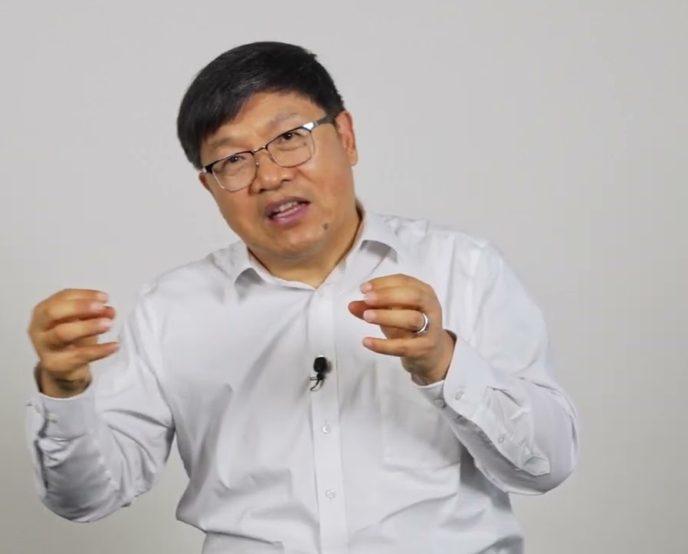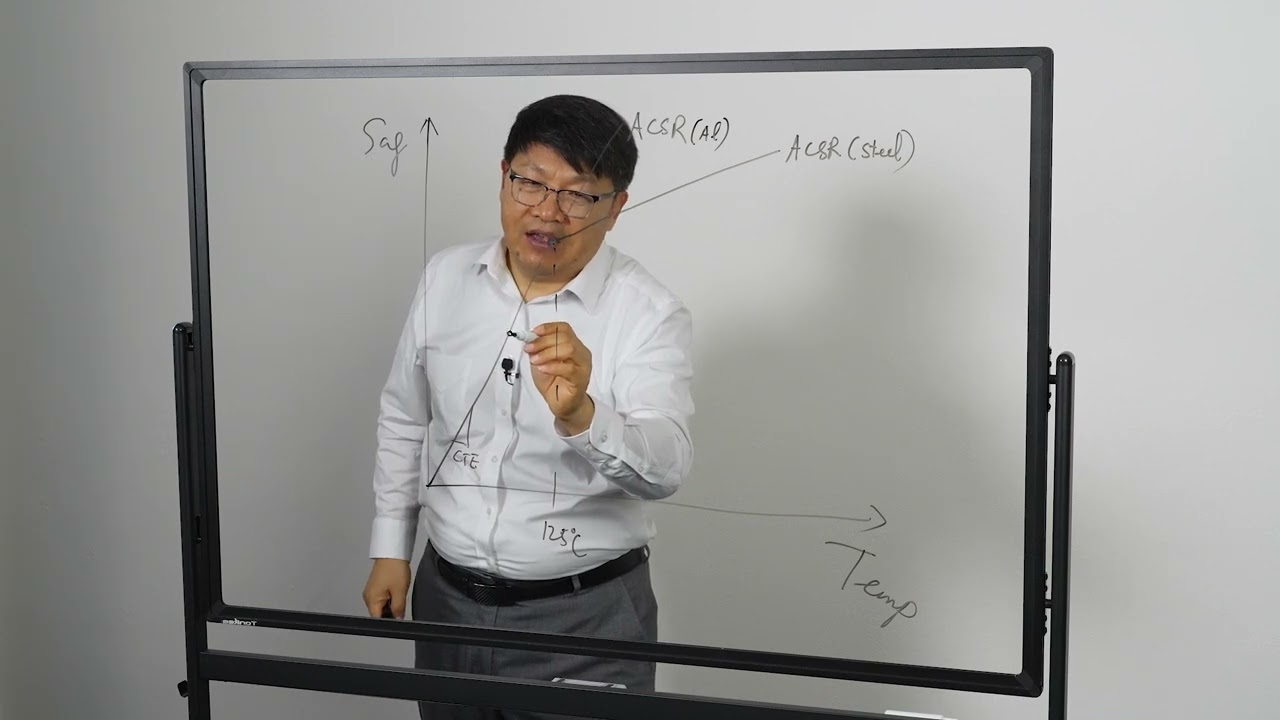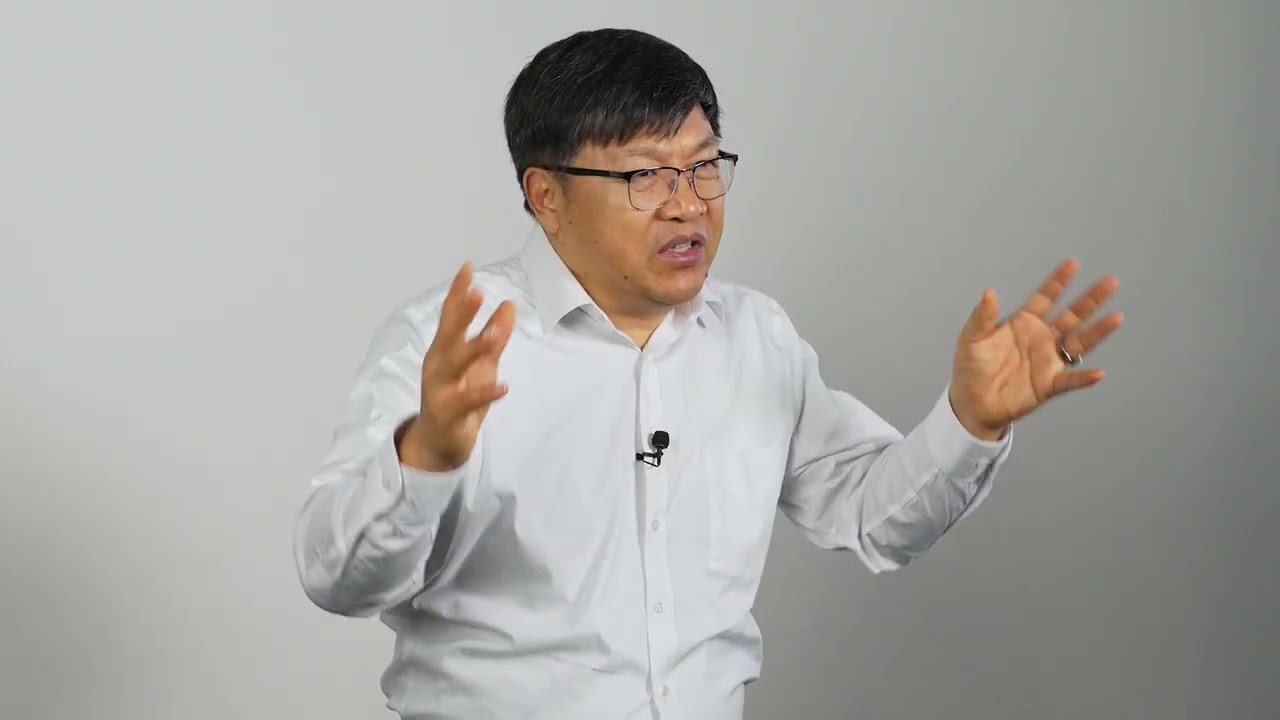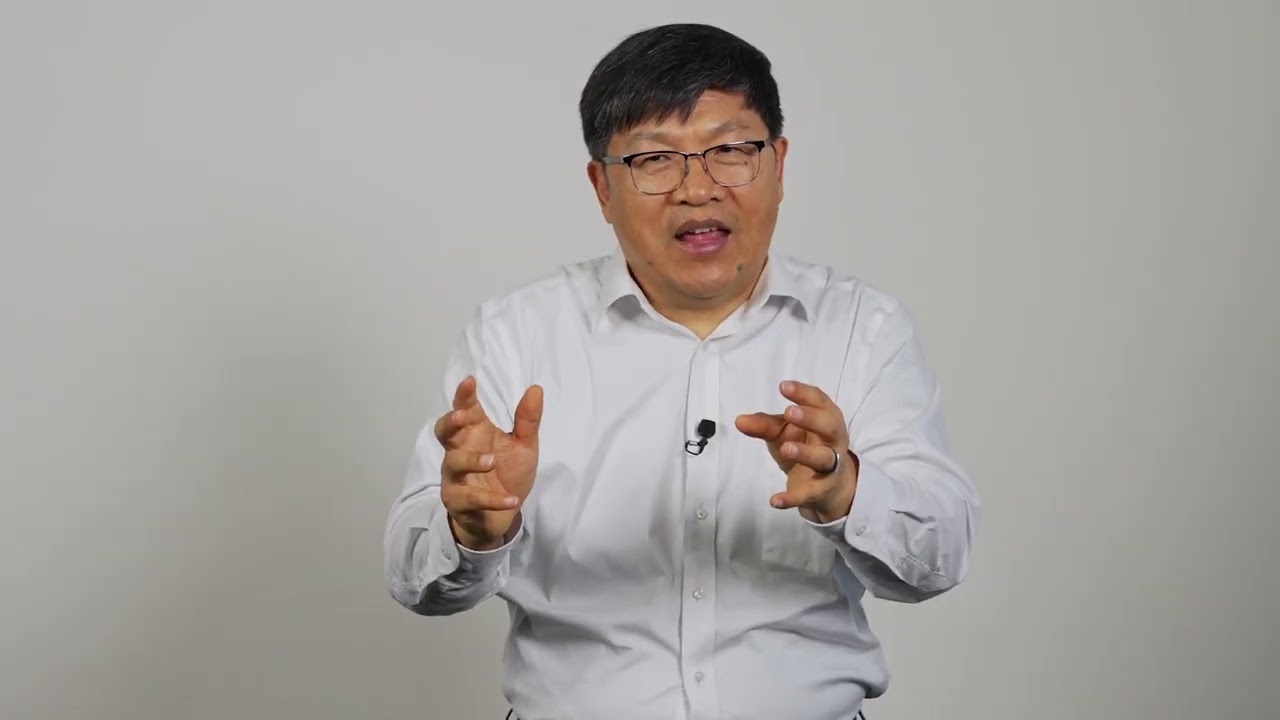Manufacturing Process
Unlike conventional wire drawing which requires extensive use of lubricants, our process begins with melting cleaned aluminum rod in a specialized furnace. We then extrude the aluminum rather than drawing it, significantly reducing work hardening. This extrusion-based approach offers remarkable flexibility – we can modify aluminum strand shapes and sizes by simply switching dies, a process that takes days rather than months with traditional manufacturing methods.
The elimination of lubricants from our process results in exceptionally clean conductor surfaces. This cleanliness is not merely cosmetic – it has important implications for high-voltage applications where surface contamination can affect corona performance.
Work Hardening Characteristics
Our manufacturing process introduces only minimal work hardening during the encapsulation process and stranding. Feedback from the field indicates that this limited work hardening is beneficial during installation, making our conductors less prone to “birdcaging” compared to batch-annealed ACSS conductors.
Electrical Properties
We take a conservative approach to conductivity ratings to ensure our utility customers always receive better connectivity than specified. For the stranded aluminum, we guarantee 63% conductivity while often achieving 63.5%.
Technical Advantages
The clean surfaces produced by our lubricant-free manufacturing process eliminate concerns about hydrophobic surface effects that can create corona issues in EHV and UHV applications. The slight work hardening provides improved handling characteristics during installation while maintaining excellent electrical performance.




